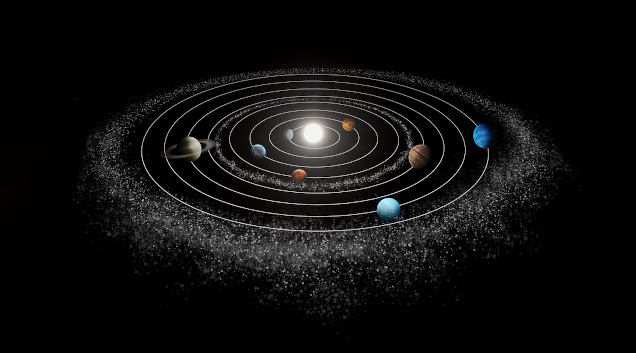High-energy processes in planetary systems
High-energy processes play a fundamental role in shaping the evolution and diversity of planetary systems. From the intense X-ray and extreme ultraviolet radiation emitted by young stars to magnetospheric interactions, stellar winds, and energetic particle precipitation, these mechanisms govern atmospheric escape, influence planetary habitability, and drive complex chemical processes. Understanding them is therefore key not only for interpreting the history of our own solar system, but also for assessing the diversity of exoplanetary systems.
Planetary atmospheres and surfaces are continuously exposed to energetic photons (X-rays, UV) and charged particles originating from stellar winds or cosmic rays. These interactions heat, ionise, and erode atmospheres, drive chemical reactions, and alter surface materials. For example, atmospheric escape from terrestrial planets is strongly influenced by stellar high-energy radiation and particle precipitation. In giant planets, auroral processes convert vast amounts of energy into UV and X-ray emissions, tracing the coupling between magnetospheres, satellites, and the solar wind.
High-energy processes also affect small bodies and moons. Surface sputtering driven by energetic particles releases tenuous exospheres, as observed at the Moon, Mercury, and icy moons of the outer solar system. At comets, solar UV and energetic particles drive ionisation and chemistry in the coma, producing complex plasma environments. Even distant exoplanets show the signatures of high-energy irradiation: close-in giant exoplanets exhibit extended escaping atmospheres visible in UV and near-IR observations, directly linking stellar activity to planetary evolution. Furthermore, close-in rocky exoplanets are believed to host possibly detectable exospheres originating from surface sputtering.
Studying these processes poses major observational and technical challenges. High-energy emissions are faint and often variable, requiring sensitive instruments with broad wavelength coverage and long-term monitoring. In-situ particle and field measurements demand specialised spacecraft close to, or even within, harsh plasma environments. Missions such as JUICE and BepiColombo, along with space telescopes like Hubble, Chandra, and XMM-Newton, have already provided important insights, while upcoming facilities like New-Athena and HWO promise transformative new data.
Designing innovative mission concepts to explore high-energy processes in planetary systems offers students the chance to address open questions at the frontier of planetary and exoplanetary science. Which processes dominate atmospheric escape across different planetary types? How does magnetospheric energy input shape planetary environments and potential habitability? And what can exoplanetary observations reveal about the interactions between stars and planets? Tackling these questions will be essential to understand the dynamics, chemistry, and long-term evolution of planetary systems.
